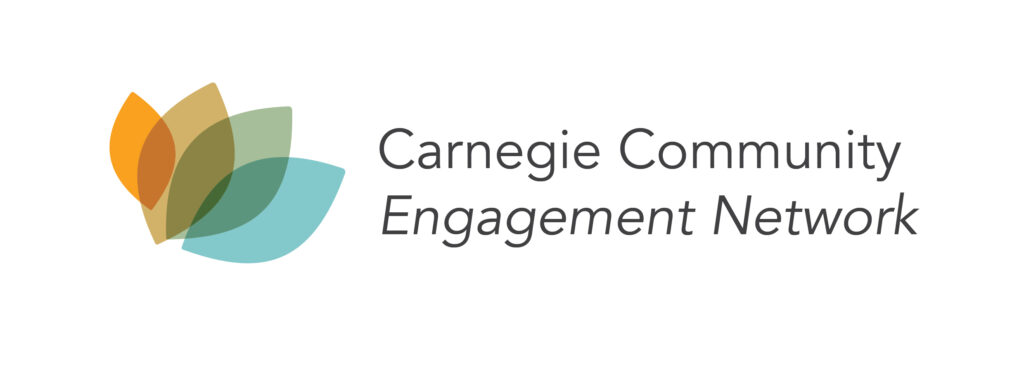
Carnegie

The Carnegie Community Engagement Classification allows universities to demonstrate their commitment to the communities they serve and to share good practices in the sector. The classification framework represents the best practices in the field and encourages continuous improvement through periodic re-classification.
The classification was first offered in 2006 and has been the leading framework for institutional assessment and recognition of community engagement in US higher education since its inception. A total of 361 institutions in the US are currently classified as Carnegie Community Engaged Campuses. The American Council of Education (ACE) acts as the administrative and research host institution for the classification.
In 2016 the classification began its process of internationalisation with pilot programs being implemented in Ireland, Canada and Australia
The success of the contextualised pilot has resulted in the launch of the Carnegie Elective Classification for Community Engagement for Australia. This body of work incorporates two offerings:
- The Carnegie Community Engagement Network: A Community of Practice and Membership program that supports the growth of social outcomes resulting from reciprocal partnerships between community and the higher education sector.
- The Elective Classification that enables higher education institutions to demonstrate and evidence their commitment to engaged scholarship.
